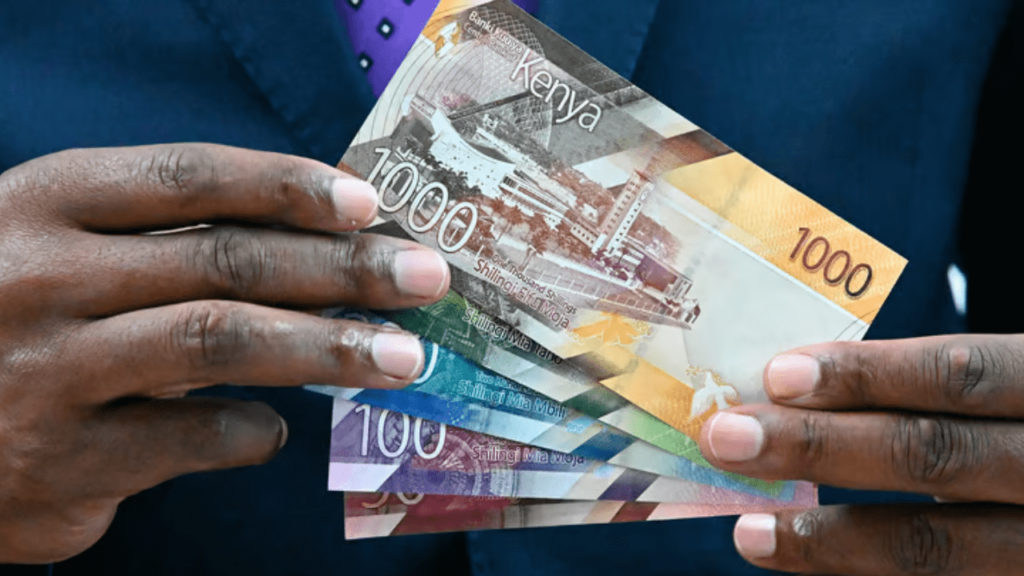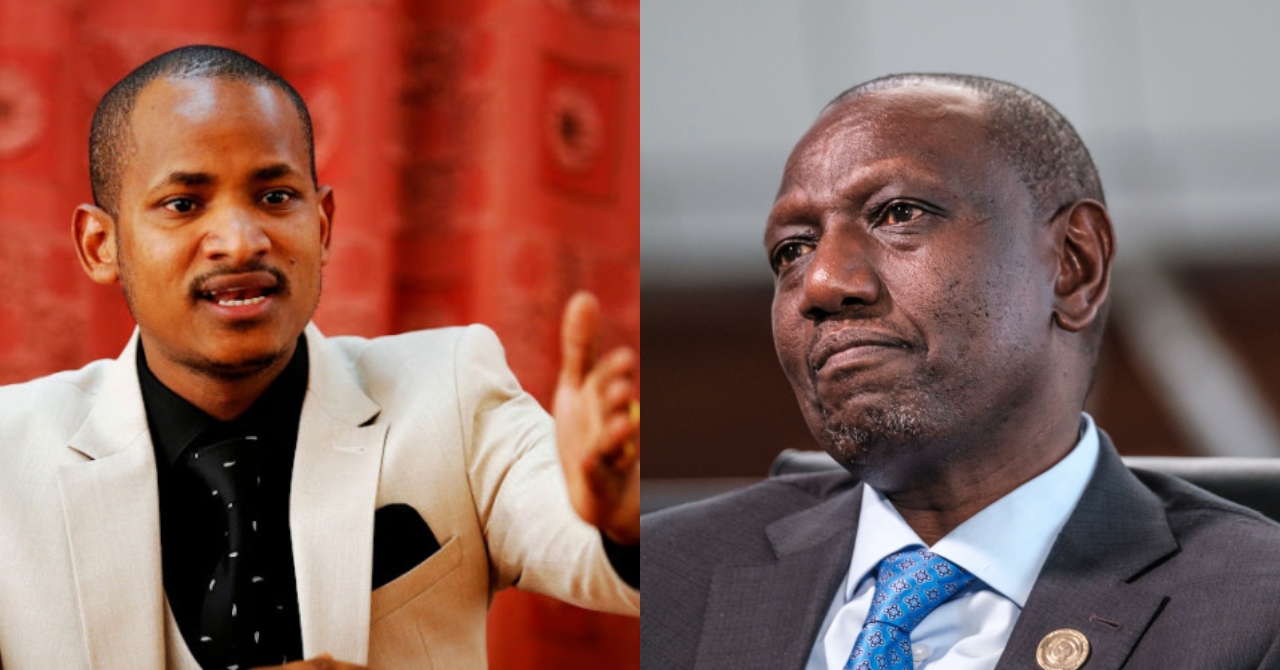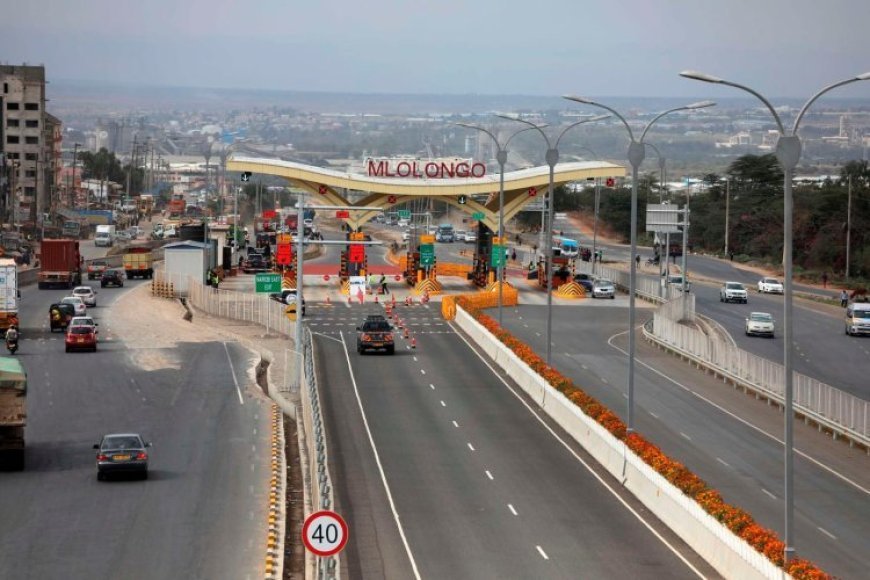Prepare yourself for even more depreciation of the Kenyan shilling this year, this is according to Sanlam Investment East Africa.
The non-banking financial services group attributes this depreciation of the Kenyan shilling to Kenya Kwanza Government’s debt repayment plans, including the Eurobond payment plan.
However, it is not all gloomy, with Sanlam predicting the rate of the depreciation to be slower than the free-fall that was witnessed in 2023.
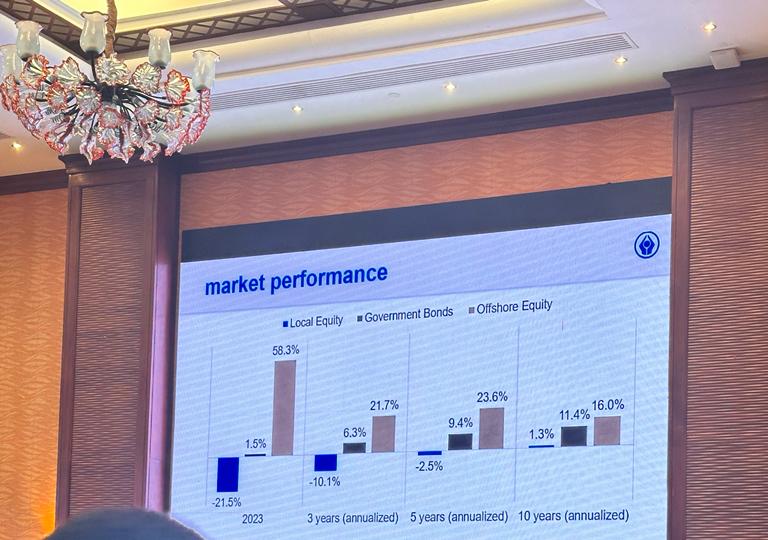
According to Dan Gathongo, the deputy chief investment officer at Sanlam Investments East Africa, the shilling will gradually depreciate owing to Kenya resuming oil import payments, bolstering Foreign Exchange Reserves to ensure external debt repayments, and trade deficits.
Interest rates to remain high
“Interest rates will remain elevated, despite the projection of inflation to reduce this year… All of this depends on appetite of borrowing by the government, which keeps increasing,” Gathongo says.
On investment projection, Sanlam says that the government bond popularity is gradually decreasing, with local investors moving their money to invest in foreign markets.
Central Bank of Kenya intervention
In 2023, the Kenyan shilling depreciated for almost 20% against the dollar.
“The exchange rate has depreciated more than was necessary to re-establish a stable but competitive exchange rate,” Central Bank of Kenya (CBK) Governor Dr. Kamau Thugge told journalists on December 5 2023, after unexpectedly raising interest rates by 200 basis points.
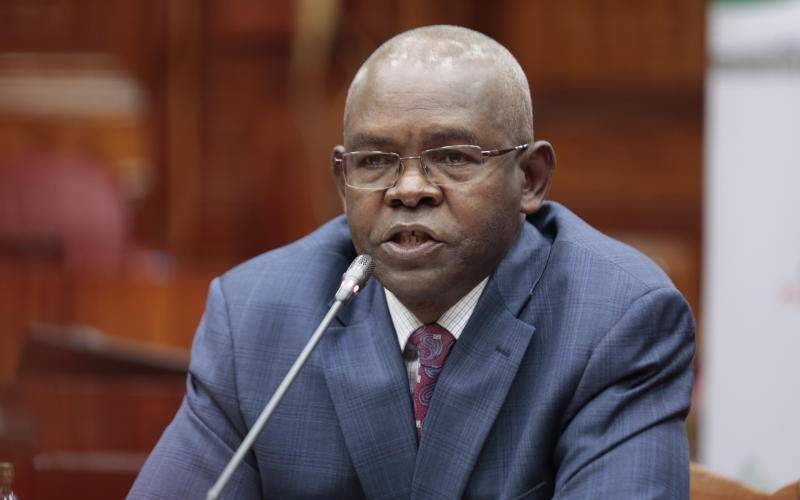
Also read: Ruto: Artificial exchange rate, Covid and Ukraine war weakened Kenyan shilling
The CBK, in doing this, was hoping that the higher interest rates will attract foreign inflows that will prop up the shilling.
Dr Thugge, however, cautioned that should the rate increase fail to tame further depreciation of the shilling, the CBK is ready to tighten monetary policy further down the road.


